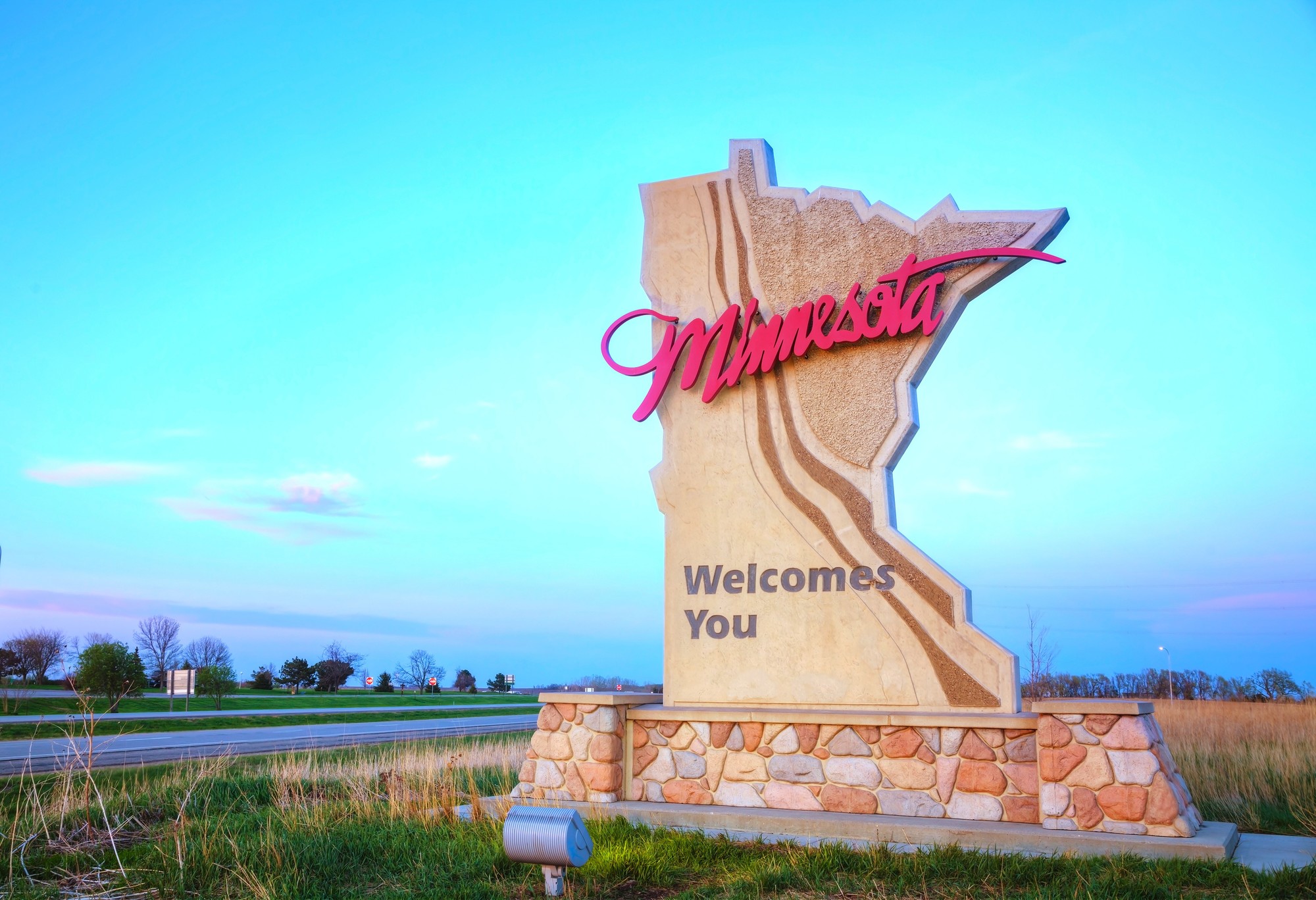|
View this as a webpage
February 2020
|
Oral health is a key part of a person’s overall health and wellbeing, and access to oral health services from infancy to adulthood is crucial. This is why the shortage of dentists in rural Minnesota is so concerning. [1]
Today we're focusing on dental therapy, an emerging profession that has the potential to expand access to oral healthcare to rural communities and underserved populations across Minnesota.
|
What is a dental therapist?
|
 Dental therapists are oral health practitioners who provide dental care while working under the direction of a dentist – one way to think of them is as the oral health equivalent to physician assistants. [2] Dental therapists are oral health practitioners who provide dental care while working under the direction of a dentist – one way to think of them is as the oral health equivalent to physician assistants. [2]
While dental therapists have a more limited scope of practice than dentists, they can perform a broad range of preventive and restorative services, from drilling cavities and placing fillings to extracting baby teeth. [3]
They are trained to perform procedures that are needed to achieve good oral health, and are mandated to serve “low-income, uninsured, and underserved patients or in dental health professional shortage areas.” [4]
|
Dental therapy in Minnesota
In 2009, Minnesota became the first state to enact a law establishing state-licensed providers called dental therapists. [5]
While still an emerging field, the profession is growing and gaining more acceptance each year. Dr. Megha Agrawal, a dentist with Children’s Dental Services, recalls first hearing about dental therapists in an interview for a dental program in the United States. Dr. Agrawal had practiced as a dentist in India before moving to the United States, and she recalls initially wondering why we were not filling the gap in oral health care by simply increasing the number of dentists working in areas without enough oral health providers. She came to believe that dental therapists can help fill that need, and are “a great idea to address the issue of access to care, especially with kids because they can do so many procedures.” With dental therapists bringing restorative care to hard-to-reach populations, the dentists who work with them are able to spend their time working at the top of their license and focusing on complex cases.
|

Access to oral health in rural Minnesota
Dental therapists are already helping increase access to oral health services in rural Minnesota. Trina Courtright, an advanced dental therapist with Children’s Dental Services, became a dental therapist because she wanted to give back to the community through addressing disparities and issues with access to care. She sees a great need for oral health services in many rural areas. “I go to these rural areas and it’s the same thing all these families are expressing to me – there are no providers.” As a dental therapist she and her team members are able to bring oral healthcare to the community by packing up a van with a mobile dental clinic, driving to rural areas across the state, and practicing out of locations such as Head Start Centers or local government buildings.
Courtright shared that one key element that helps dental therapists deliver quality oral health care is the mutual trust and respect between the dental therapist and the dentist. While in a community, she can provide most of the care her patients need, but she is also able to take photos and send them to the dentist on her team, and set up phone calls to consult with them, when necessary. Courtright emphasized that “this role wasn't meant to replace the dentist, but to add to the oral health team. That's the bigger piece - I'm not the dentist, but I'm that mid-level provider that can help provide more access to care. It's worked very well for us.”
|
Given the success dental therapists are having, the Minnesota Department of Health continues to support efforts to better understand and disseminate dental therapy models.
-
MDH convened a dental therapy research group to better coordinate research efforts and learn from each other.
-
The MDH Dental Therapy Toolkit, published in 2017, is a key resource for dentists in Minnesota considering whether to incorporate dental therapists into their practice. In addition to providing an overview of the profession, the toolkit includes sections on hiring, onboarding, and integrating dental therapists into your practice, and offers examples of successful models.
-
The MDH Office of Rural Health and Primary Care publishes data on the dental therapy workforce each year, which partners and policymakers can use for research and planning.
-
The Rural Health Advisory Committee published a report on Strengthening the Oral Health System in Rural Minnesota, that also promotes efforts to expand dental therapy
As awareness and acceptance of dental therapy continues to grow, the need for training programs will also expand. As of February 2020 there were two dental therapy programs in Minnesota approved by the Minnesota Board of Dentistry: a program at the University of Minnesota, School of Dentistry, and a program at Metropolitan State University. As the field continues to expand, stakeholders should consider investigating and supporting opportunities to create new training programs at institutions across the state.
|